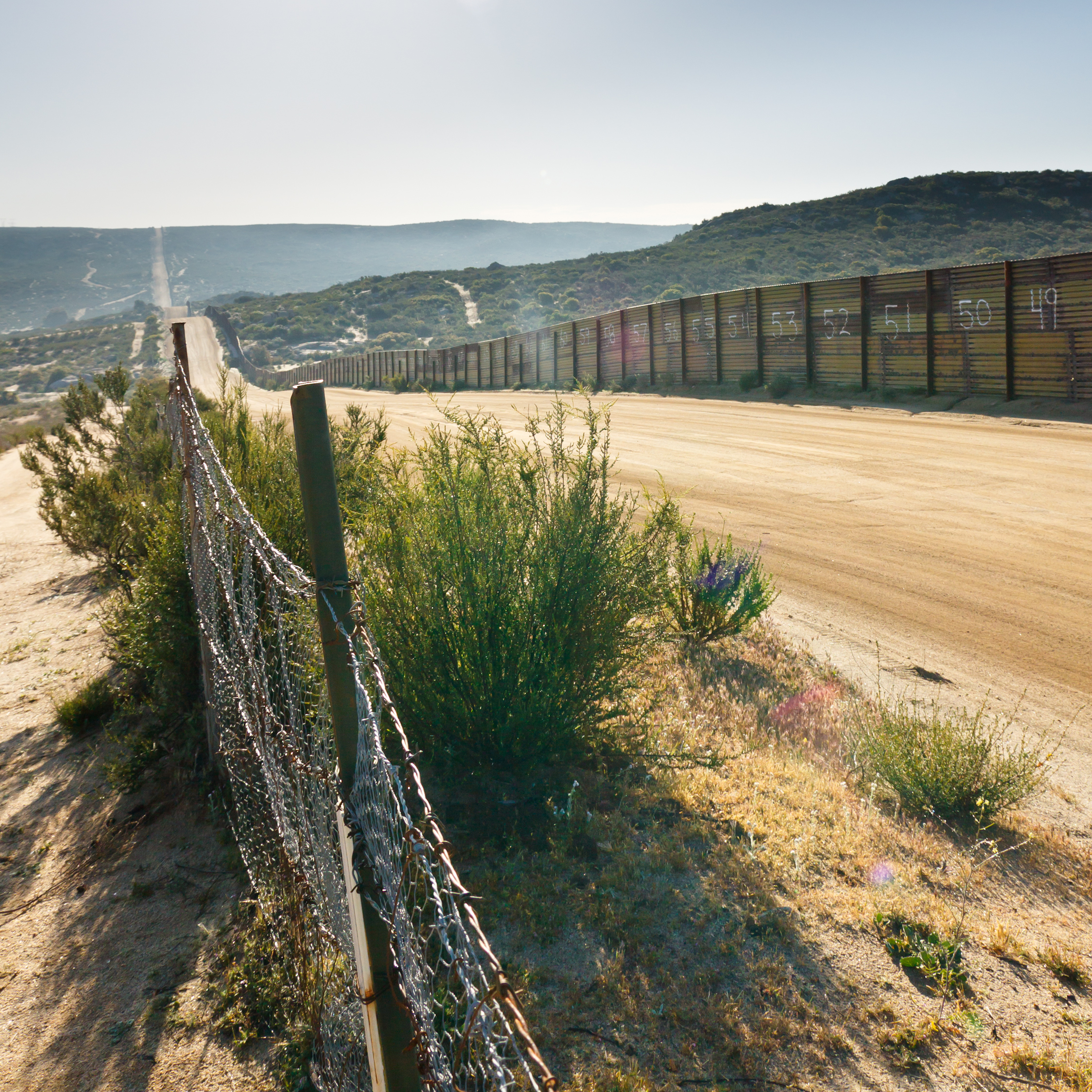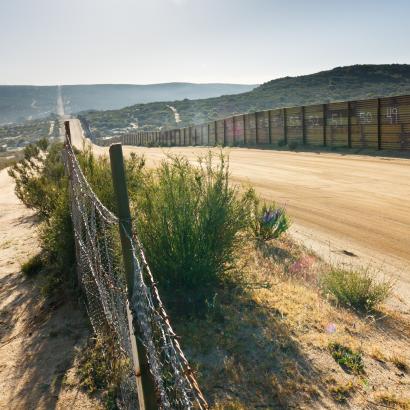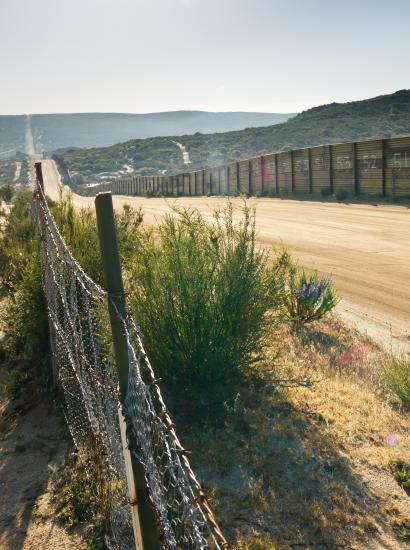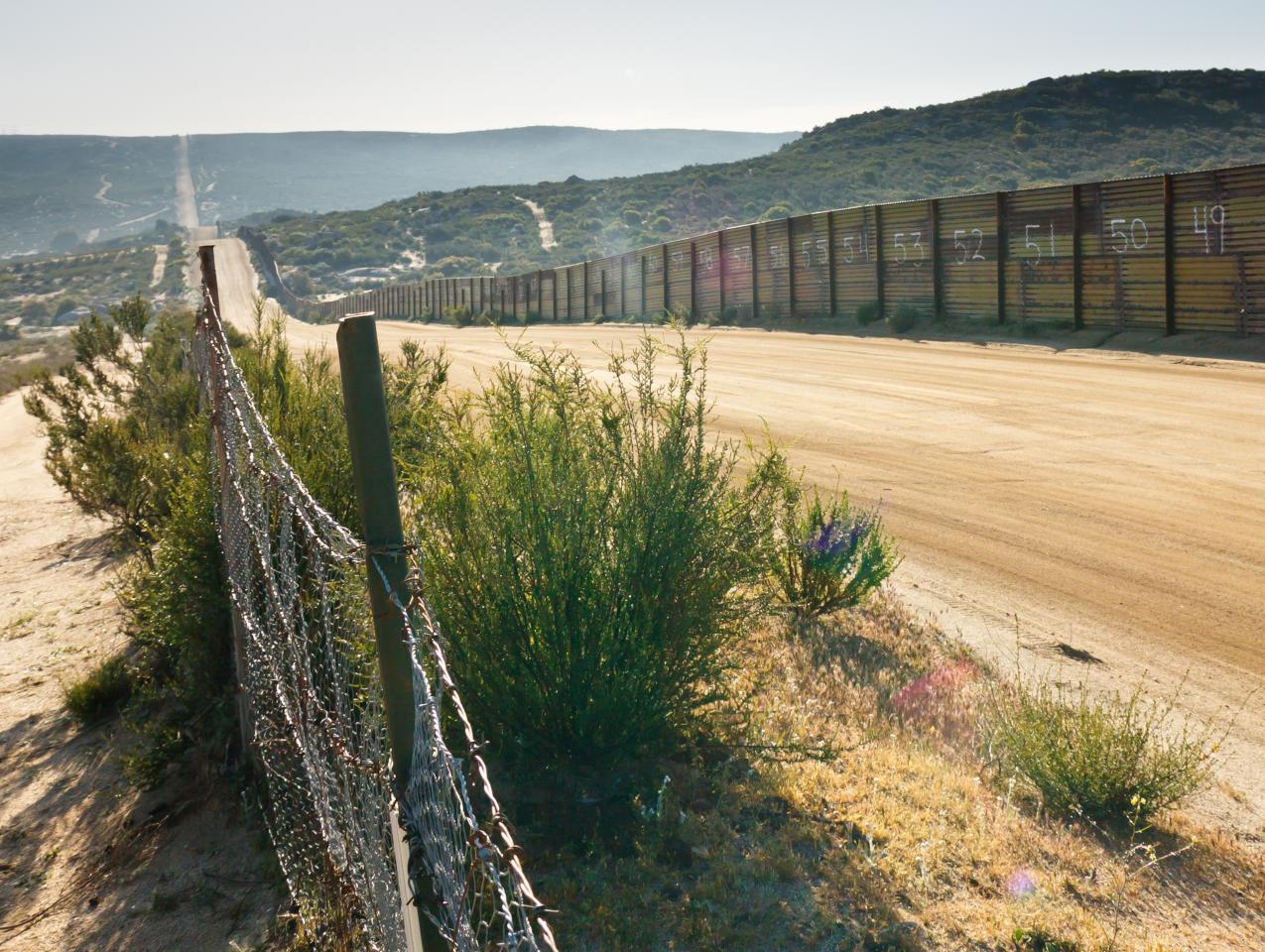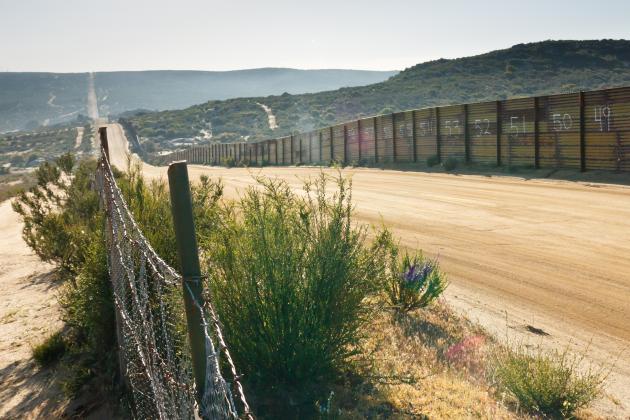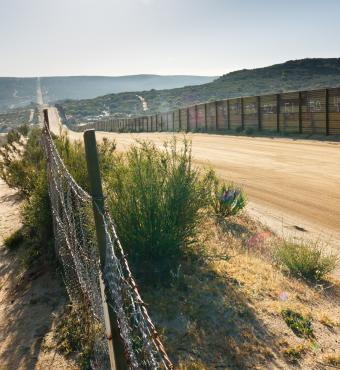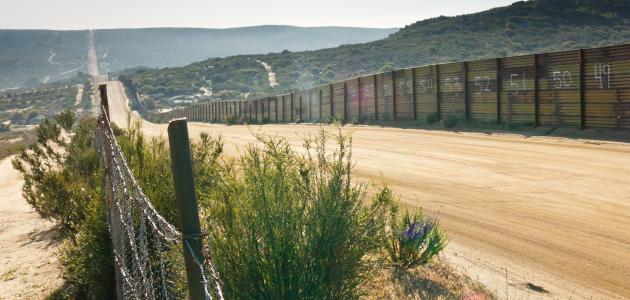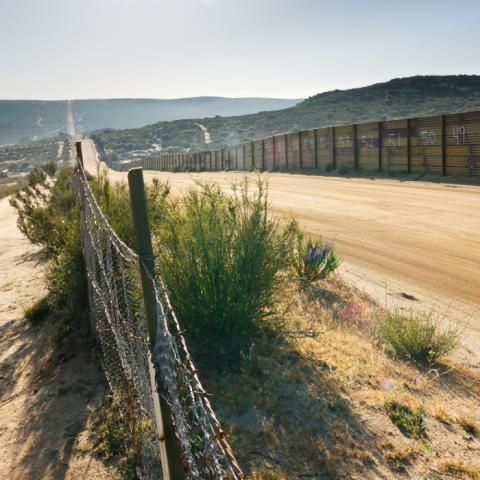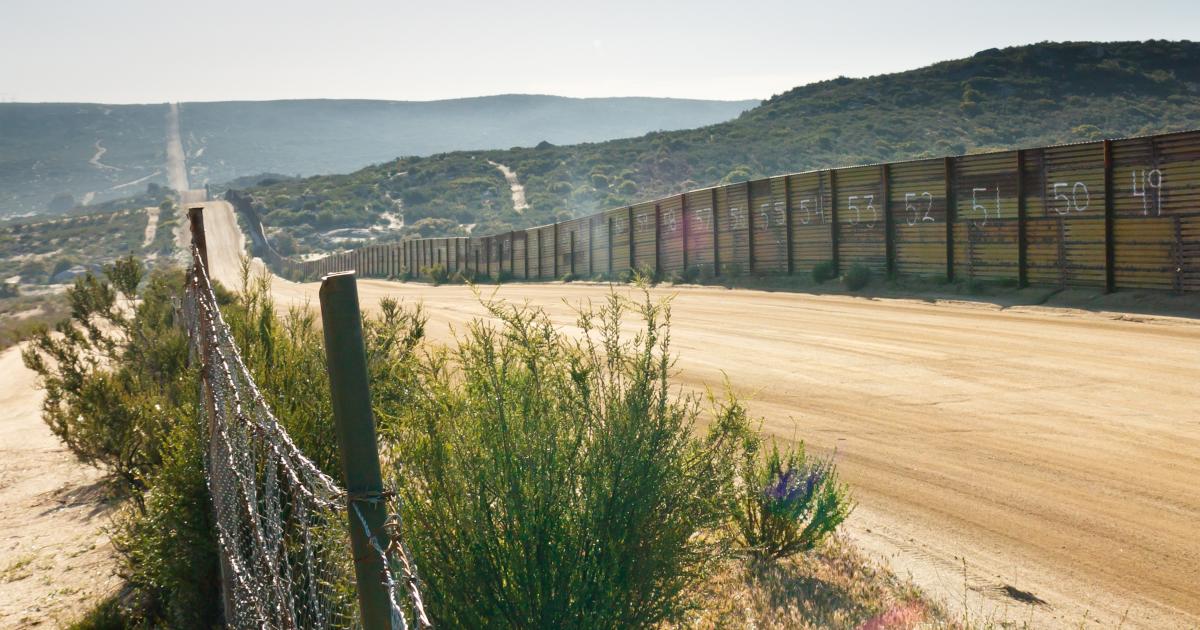- Law & Policy
- Immigration
Immigration is one of today’s hottest issues. Nations both large and small must define their approach to the movement into their territories of individuals who are not citizens by birth. On the one side are nations like Japan, which have historically tolerated virtually no permanent immigration. On the other side are nations that have for extended periods of time opened their borders to extensive immigration, often with great success, as was the American experience from about 1900 to the beginning of the First World War. There are many permutations that work, but open borders is not one of them. Expanding the categories of lawful immigrants is.
Understanding how these two propositions work together necessarily requires a robust account of why nations uniformly adopt exclusive territories in the first place. National borders are latecomers in the origin of the species. Individual families could never have survived on their own, but clans of closely related individuals could as hunter-gatherers, moving by necessity from place to place as natural resources were consumed. Long-term ownership of land—the precursor for national territories—arose only with the development of agriculture. The old maxim, only those who sow shall reap, is an early recognition of the principle. Agriculture requires a front-end investment to clear the land and to tend to the crops. That system would collapse if outsiders could harvest crops (perhaps before they were fully ripe) for themselves, leaving the planters with no returns for their extensive labor. Cultivation thus required exclusivity, as did the construction of other complementary long-term assets like homes, granaries, stores, and factories.
But how to secure these borders? No individual could do that alone, so communities had to form collective structures. Simple geometry makes it clear that it is far cheaper to build a single wall around the checkerboard of individual owners than it is to build a wall around each individual unit. City walls thus became an early form of common property, which the Romans called res sanctae, that could not be partitioned by any citizen. All were required to contribute to the upkeep and guarding of these walls to ensure that they would not be breached.
However, the smallish clans viable in a hunter-gatherer society were not large enough to organize, maintain, and defend these larger entities. So, key deals had to be cut to make sure that some outsiders were allowed into any closed community on condition that they observe its norms and contribute their fair share to the common defense. Thinking of this venture as an extended partnership quickly makes clear that the territorial incumbents had to be careful in the selection of their new partners. They must prevent enemies from coming within their gates, and, even among friends, the ultimate test was whether the admission of the new group members left the incumbents at least as well off as they were before. In other words, state expansion had to be a win-win proposition, just as with extended partnerships, which implies open borders were never viable historically. Outsiders could not be let into that community, especially on a permanent basis, on the simple, one-time, unsecured promise that they would respect the persons and property of the current citizens—such a situation motivated perverse incentives and win/lose transactions are politically and socially unstable.
Indeed, for existing communities, it was not enough historically that the outsiders agreed to follow all the libertarian norms of respect of others’ property or reliance on voluntary agreements without force and fraud in their relationships with others. Those conditions go a long way to allowing entry into a given territory to be a win/win transaction, but they are not sufficient. As with contemporary communities, every person has to contribute the creation of the necessary public goods concerning protection against outsiders, as well as the organization of the necessary social and political infrastructure. These contributions required outsiders to participate as on a par with the insiders—akin to citizens of the state.
Private organizations have long understood that all collective decisions are easier to make if the group members have common values, a common heritage, and a common language. The smaller the variance of any of these dimensions, the easier it is to converge on a solution that does not effectively disenfranchise those persons who may otherwise lose out in some political tussle. Thus, every institution must impress on its members that public officers hold a public trust to give equal treatment to their supporters and opponents alike, but given the temptation for self-interest, the enforcement of this duty is far easier where the preferences of the community fall within some band that is likely to get smaller over time. In this regard, modern democracies have expansive conceptions of public goods that ironically are less able to tolerate a diversity of citizen preferences than those societies that commit far less to the central government. But even that sensible precaution does not quite work. When nations have within them individuals of different ethnic and religious clans, the distribution of preferences may no longer assume a normal distribution—it is heavily weighted at both tails, such that small shifts in power can result in dramatic shifts in policies, creating high levels of instability with deadly consequences against indigenous peoples. It was not for nothing that, at the very last moment, the greater India that existed under British rule had to separate with much bloodshed and turbulence into India and Pakistan upon independence—religious commitments only increase the spread of preferences. These points suggest that territorial separation—no easy matter—combined with free trade (including movement of persons on short-term arrangements) is a safer way to proceed.
So, what does this suggest about the current situation in the United States? To some writers, such as Ilya Somin, the indisputable gains from trade from immigrant communities with high skill levels will be lost to the focus on high immigration barriers. That insight, as I have long argued, should lead the United States to abandon crude protectionism that prevents foreigners from taking jobs from Americans performing the same services. It should also lead to a determined effort to ensure that the current DACA program is not scrapped by political intrigue, with the goal of developing a permanent solution.
Yet, this argument does not call for a system of open borders that admits all sorts of people who do not satisfy the win/win condition referenced above. Historically, the United States never practiced a system of completely open borders. In the height of immigration from Europe from 1900 to 1915, most potential immigrants came by boat, which made it far easier to monitor them. In a highly sensible regime, medical examinations and quarantines were required of steerage passengers who were at greater risk of carrying infectious diseases and were given the opportunity to heal, such that they were simply sent home (where the steamship company that brought them here had to pay if they did not return to health). At the same time, assistance to new immigrants was supplemented by private organizations, like the Hebrew Immigrant Aid Society (HIAS).
These conditions are impossible to replicate with today’s far greater levels of mobility. And there are dire and dangerous consequences from illegal immigration at the Southern border. Illegal immigration brings acute problems: for example, it can include entrance into the United States by people infected with COVID and it permits continuous and destructive trespasses on border lands. This situation is compounded by the aggressive actions of border control forces that performed some 1.9 million arrests at the Southern border in 2021—of whom about four hundred thousand were released into the United States pending some asylum hearing. The further these new illegal immigrants move inside the United States, the greater the conflicts between the federal government that claims exclusive jurisdiction over these matters and state attorneys general, who claim that local arrest and detention of these immigrants is not pre-empted by federal statute—itself a knotty legal dispute. On the one side, Washington state asserts its reserved powers to limit the Trump administration efforts at deportation. On the other, recent lawsuits by Republican attorneys general from Texas and Florida try to coax the federal government to regain control over the border situation, which has continued to deteriorate under Biden. On top of this, an open-borders policy allows foreign governments, families, or underground entrepreneurs to send minor children into the United States unattended—a heartbreaking tragedy.
In light of the current situation, I have come to agree with Tim Kane, whose new book, The Immigrant Superpower, makes “the conservative case for more legal immigration and zero illegal immigration.” The first part of that program seeks to promote the legal immigration by expanding the various categories of legal immigration that have long helped make this nation the superpower that it has become. The controversial flip side of ending illegal immigration need not require this country to turn its back on problems of poverty and starvation throughout the world. It remains possible to create legal channels to provide explicit legal support for some indigent immigrants. And it makes eminently good sense to provide—perhaps in cooperation with other wealthier nations—substantial amounts of assistance to blighted countries in order to reduce the pressure for immigrants to flee to other countries. It also countenances the use of a stronger military policy to prevent the human tragedies in Afghanistan, which in the wake of the Biden pullout faces a famine, a situation that in turn creates an appalling refugee problem. These sensible solutions balance the interests at stake and demonstrate why liberals should embrace the policies as well.







